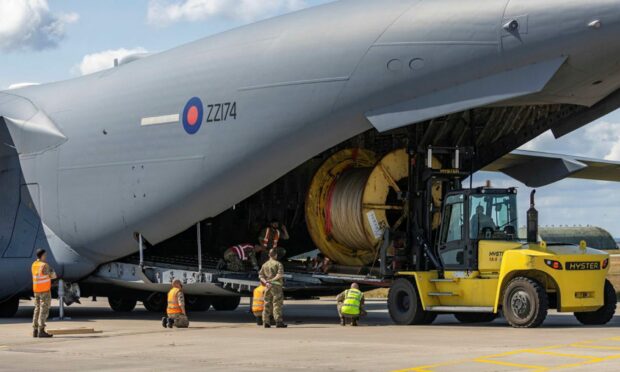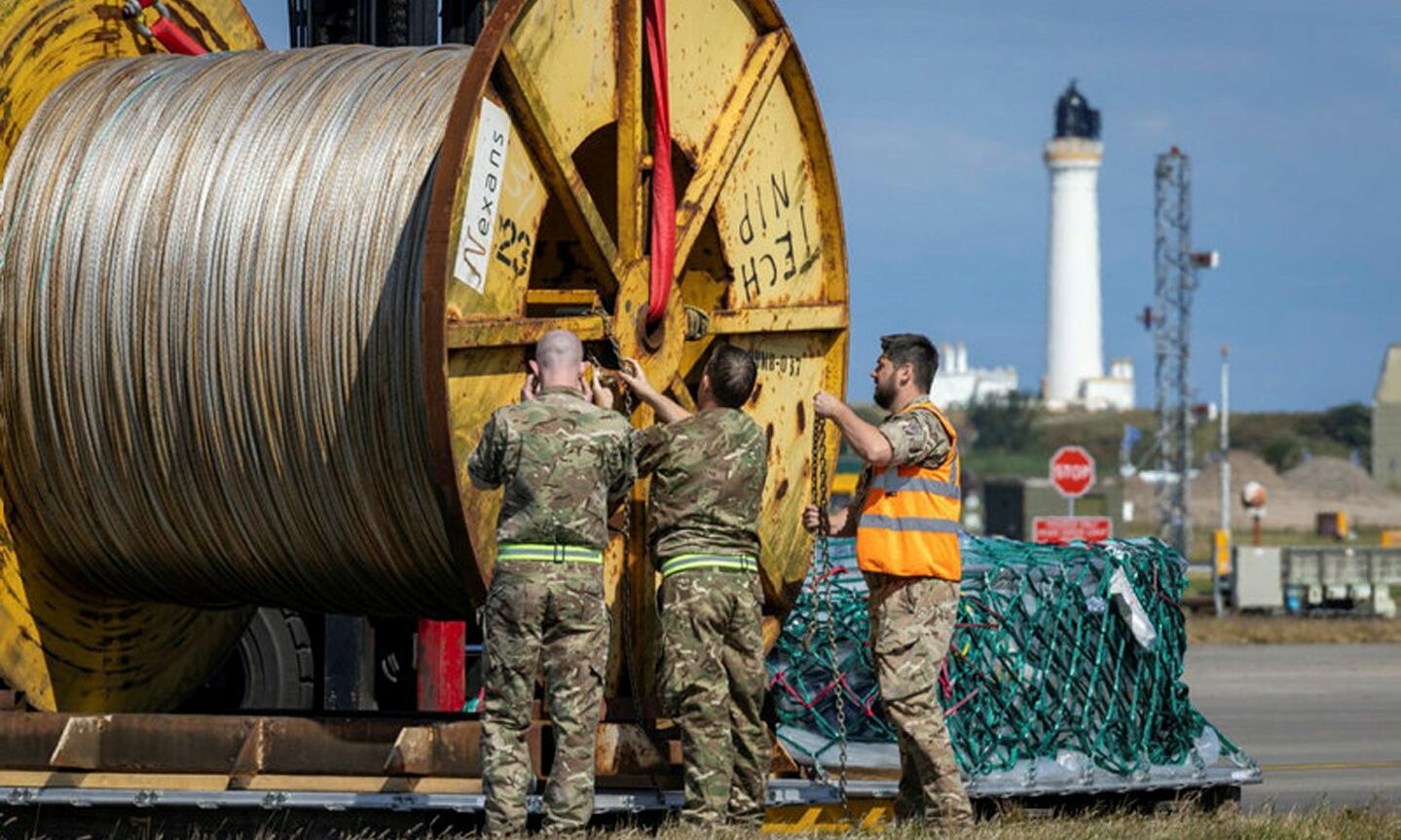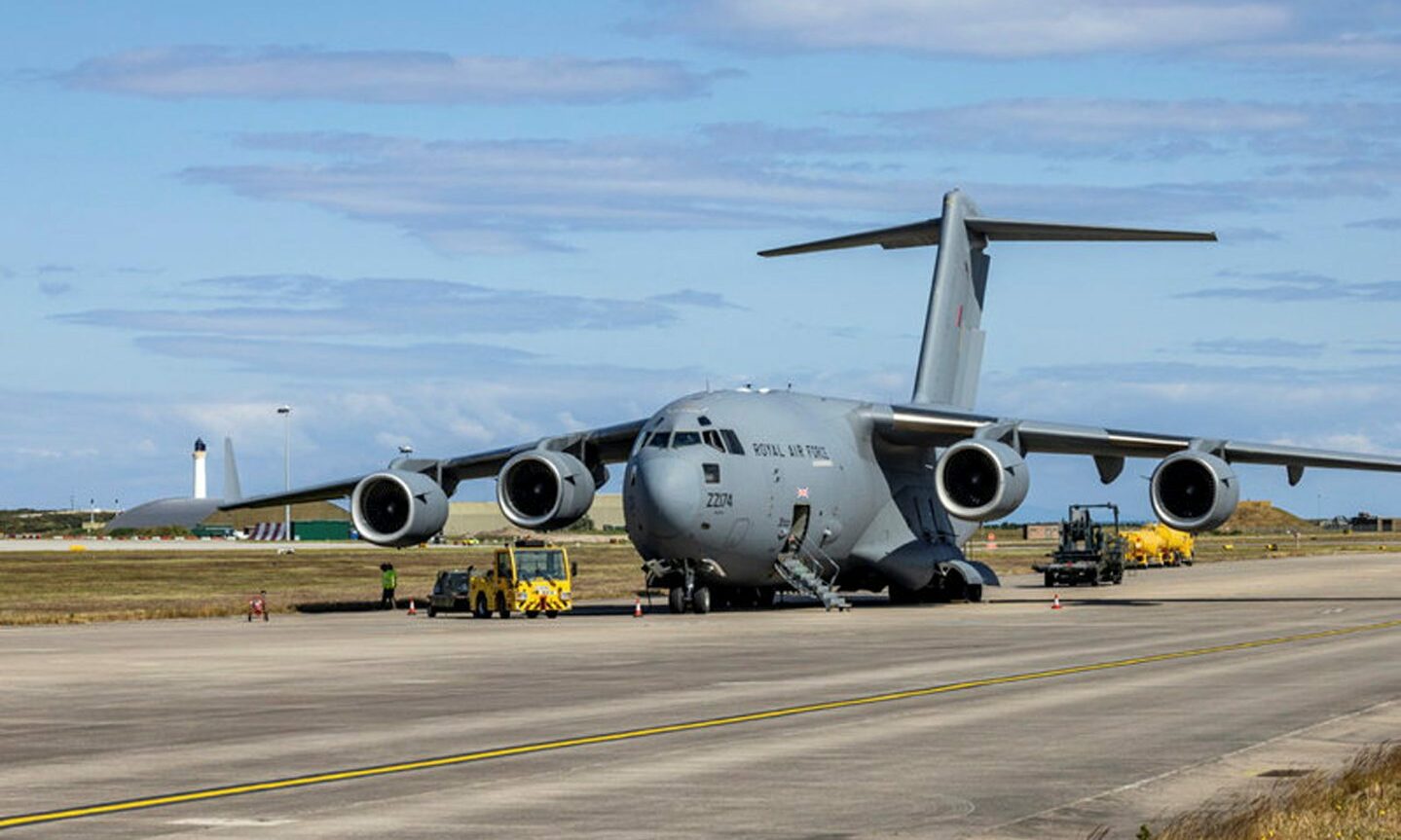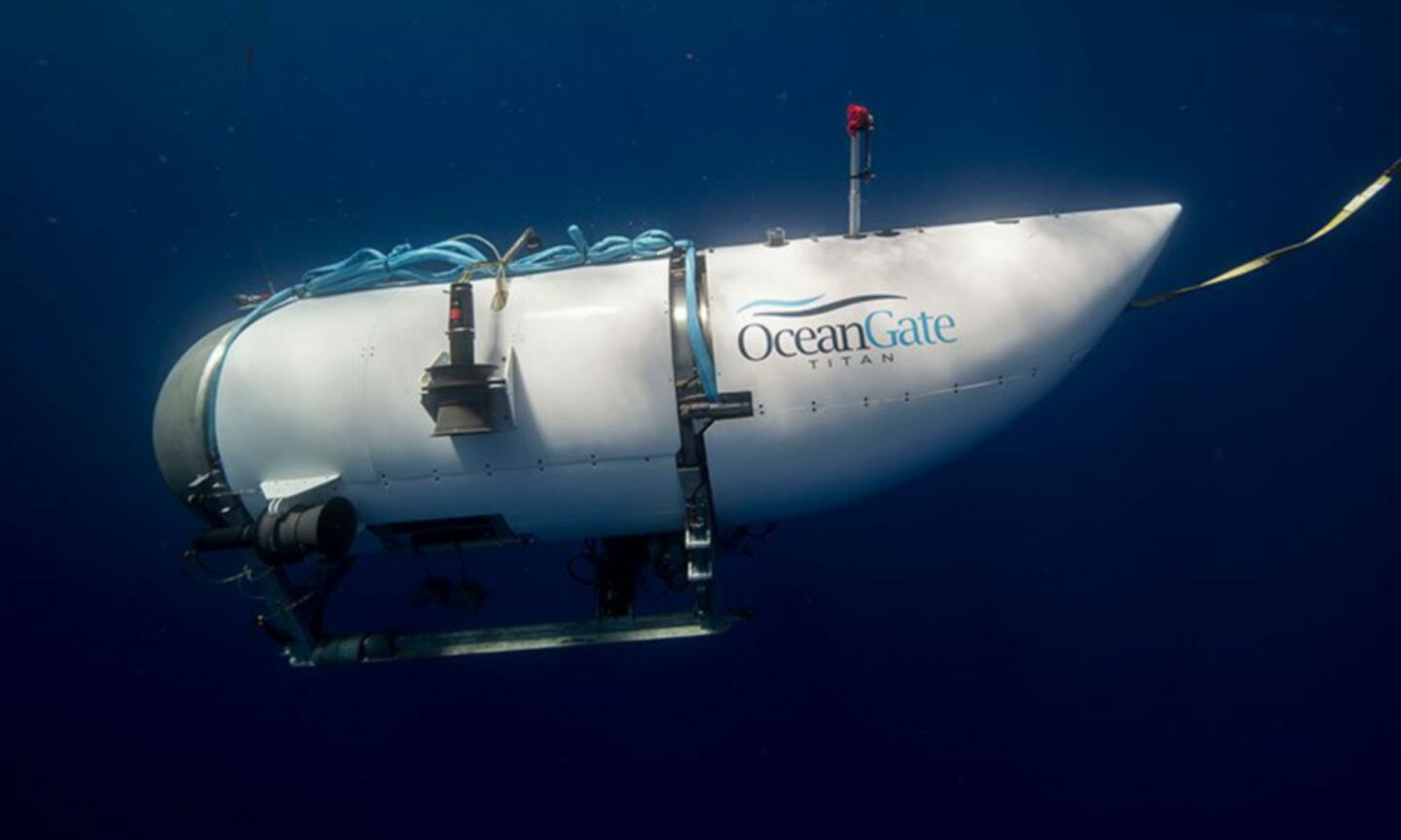Specialist personnel have left RAF Lossiemouth to join the search for the submersible missing near the wreck of the Titanic.
Support from the UK has been sent to US agencies coordinating the operation since contact was lost with Titan and the five people on board on Sunday.
Now it has been confirmed that the Ministry of Defence has dispatched personnel and equipment to aid the operation after an overnight request.
Cabling had been moved overnight by road from Aberdeen ahead of the planes leaving.
Two planes, usually based at RAF Brize Norton, took off from RAF Lossiemouth earlier today to transfer support to agencies in Canada involved in the search near the Titanic wreck, which is about 425 miles south-east of Newfoundland.
Specialist loaders and crew are being transported that will significantly decrease the time it takes for equipment to be on task searching for the submersible.
Group Captain Jim Lee, station commander at RAF Lossiemouth, said: “The RAF stepped up today to support the vital work of the rescue efforts.
“We are proud to have played a small but vital part, of getting essential equipment and specialists to where it is needed.”
An RAF spokesman said: “Following a request overnight from the lead organisation, RAF air transport assets are assisting with the movement of additional commercial equipment.”
International support for Titanic sub search
The RAF Lossiemouth support is the latest deployment from the north-east to help the search for the Titan submersible.
Earlier this week it was confirmed Westhill-based subsea firm TechnipFMC despatched its pipe-laying vessel The Deep Energy to the region.
On board the vessel, which can work at depths of 9,842ft, which is still about 2,000ft sort of the Titanic, are deep water cranes and two specialist ROVs.
Meanwhile, it has been confirmed that 19-year-old Suleman Dawood, who is aboard the sub, is currently a student at Strathclyde University in Glasgow.
Rescuers continue to monitor the North Atlantic for more signs of “banging” that was heard from the ocean.
Experts have ruled the noises as “inconclusive”, but personnel are understood to be working to get a cross-fix on the location.
Floating sonobuoys, similar to those used by Poseidon aircraft from RAF Lossiemouth to track large submarines, are being used to get a bearing on the noises.



